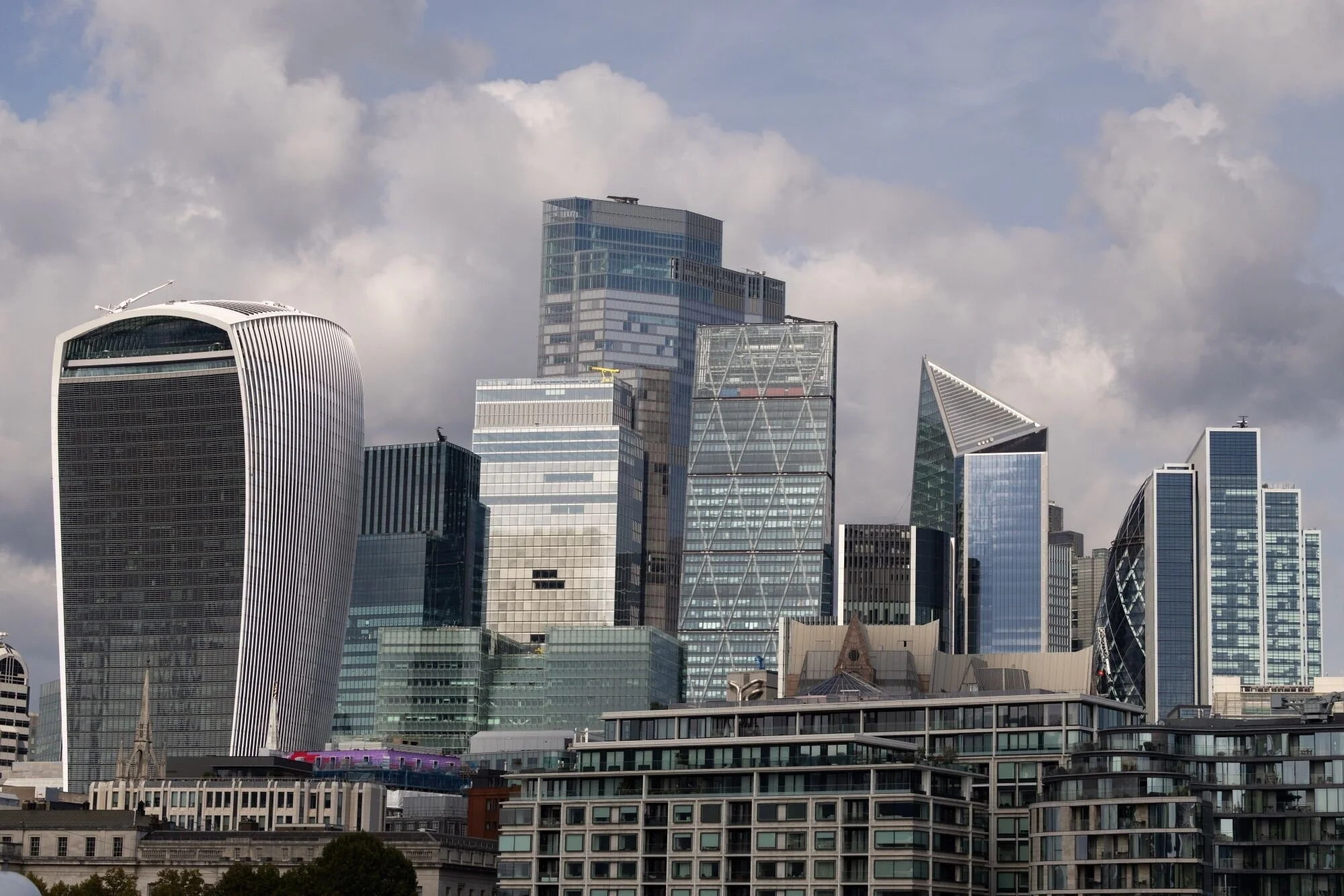Demand for hedge funds rises as asset owners battle volatility
Inflows among European asset owners have turned positive for the first time since 2022 with a net of more than $500mn poured into these strategies (Jason Alden/Bloomberg)
Following years of subdued demand for hedge funds, asset owners are beginning to turn back to the strategies either in response to market volatility or to fulfil specific portfolio objectives.
Last year, a host of institutional investors terminated mandates with hedge fund managers. In October, the $2.02bn London Borough of Barking and Dagenham Pension Fund dropped its allocation to hedge funds in favour of higher exposure to infrastructure and real estate.
In April, AOX sister title MandateWire reported that the $5.12bn Vodafone Group Pension Scheme had fully redeemed its holdings in Magnetar Capital's equity hedge fund in 2024, choosing to reallocate assets to the liability-driven investment portfolio.
The losses of such mandates cap off many lacklustre years for hedge fund allocations.
We tracked European net inflows* of around $78mn into the asset class in 2022, though investors withdrew a net $33.2mn from hedge funds in 2023, followed by a $199mn withdrawal in 2024.
High 2024 outflows came off the back of three hedge fund mandate losses, with no new mandate wins tracked in the year and only one reweighting to hedge funds.
Yet a bumper allocation from the SFr12.8bn ($15.3bn) Profond Vorsorgeeinrichtung towards a new drawdown strategy has provided a boost for hedge fund inflows in Europe this year (up until July 31). The new allocation by the Swiss fund has seen European net inflows turn positive for the first time since 2022, with a net $501.6mn poured into the strategies.
The fund introduced a new 4 per cent allocation to a portfolio delivering "all types of investment strategies that have a positive return expectation during periods of significant stock market corrections, thus improving the convexity of the overall portfolio's return distribution", according to Albert Thomann, investment specialist at Profond Vorsorgeeinrichtung.
"In addition to trend-following strategies (managed futures), long volatility strategies are among the most prominent drawdown management investment strategies. A gold investment also partially meets these criteria," he added.
Since then, greater market volatility following US President Donald Trump's announcement of so-called "liberation day" tariffs on April 2 has underscored the value of long-short strategies for investors.
Long-short strategies have performed well in 2025, with $10bn of inflows in the first six months of 2025, according to data from Hedge Fund Research provided to MandateWire Analysis. Between the beginning of this year and the end of July, the HFRI Equity Hedge (Total) Index returned 5.14 per cent.
Other strategies have also performed positively, with the HFRI Event-Driven (Total) Index returning 5.85 per cent from the beginning of 2025 to August 15, and the HFRI Relative Value (Total) Index returning 4.13 per cent over the same time period.
Meanwhile, more investors are now publicly extolling the benefits of hedge fund allocations.
In May, Christian Maschner, head of asset management at the Frankfurt-based Finvia multi-family office, explained that hedge fund strategies were "regaining appeal" given the wider market volatility.
Also in May, MandateWire reported that the UK multi-family office Capital Generation Partners had upped its families' exposures to "more defensive and more protective assets", including hedge funds, in light of the increased market volatility.
Echoing the uptick in interest seen in hedge funds, Guy Saintfiet, head of EMEA asset management at Aon, says he has witnessed a "significant increase in new mandates and a rise in assets under management of over a third".
Such strategies could become useful to a range of institutional clients. Tim Banks, who leads Aon's investment practice, says he has seen well-funded UK defined benefit schemes that are pursuing a run on hunting for asset classes "uncorrelated to equity markets". These can include hedge fund strategies.
DB schemes with surplus funds will have a "budget" to take on more risk, he says.
Meanwhile, endowments might also be using the strategies, in an environment of tighter credit spreads, to seek additional sources of return that come with a "lower risk", he adds.
"[Endowments] often want to find a place to park money if they're making commitments to private markets and illiquid vehicles," Banks explains.
Aon's active diversifiers flagship hedge fund strategy currently has $1.3bn in assets under management and is on track to hit more than $1.5bn by the end of 2025 given new commitments made, says Saintfiet. It consists of 15 underlying sub-funds and aims to deliver annual returns of cash plus 3 per cent.
The hedge fund strategy, which Saintfiet says "doesn't attempt to track or beat the hedge fund universe", instead focuses on deploying manager skill to find "high alpha strategies". It also incorporates some trend following, merger arbitrage and other return-generating strategies that prioritise downside protection.
He says the fund's shorting strategies performed "very well" in April until market volatility "collapsed".

